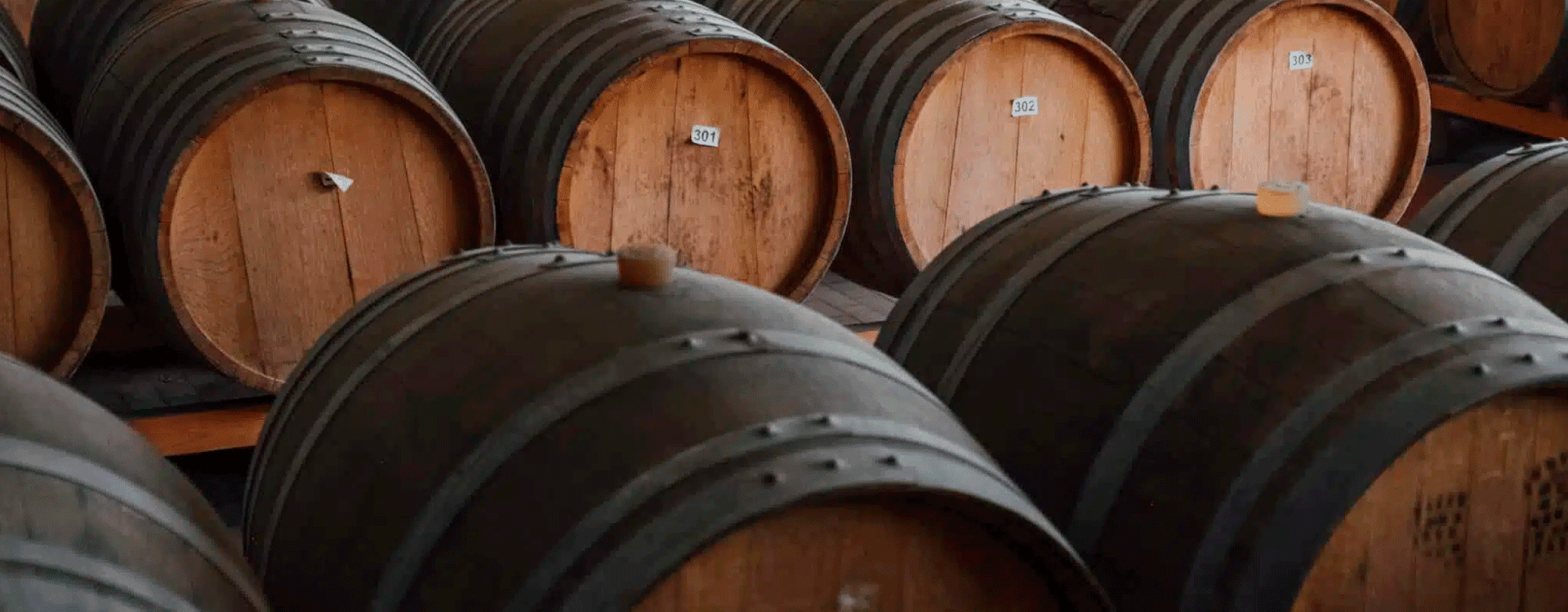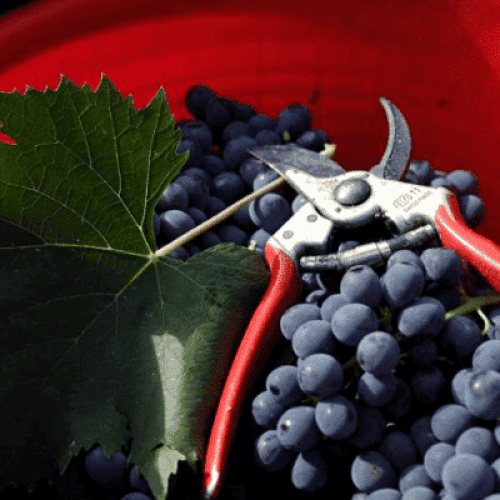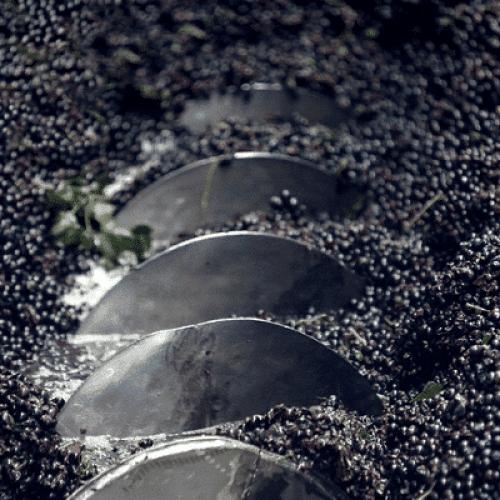Fermentation, alcoholic fermentation, wine fermentation, must fermentation: a fundamental process that determines the success of a wine. We don’t have firm data on the first fermentation processes and techniques. It seems that the fermentation of wine was discovered probably by chance, by observing the phenomenon of the boiling of certain organisms, cereals or liquids such as, for example, grape must.
Undefined according to any theory of the time, fermentation long remained an abstruse process and around which a veil of mystery hovered. The Greeks and Romans employed the technique simply by placing freshly pressed must inside vats and amphorae, however it would take a while to achieve an explanation as sensible as it is scientific. First Lavoisier, in the eighteenth century, and then the chemist Lussac, in the nineteenth century formulated the mathematical relationship that regulated this inexplicable transformation. Finally, Pasteur demonstrated in 1854 that fermentation was produced by the activity of yeasts developed in the absence of oxygen. In addition, he noted that the production of unwanted substances in winemaking was due to the presence of microorganisms of different entities.
The fermentation of wine… in short
The alcoholic fermentation of wine is defined by Pasteur as a phenomenon connected to life. It is a natural process that allows the maturation or transformation of the must or grape juice into wine. After the primordial phase of harvesting and pressing of the grapes, must is obtained: a very concentrated liquid present in the pulp of the berries and also including the skins. The next phase is then entrusted to the fermentation of that must, which will lead to the production of the wine in its final form. The primary aromas are hidden in the grapes, but it is the fermentation that reveals them: as simple as it is true, this process is fundamental.
The fermentation of wine… in detail
Fermentation consists of a complex process of transformation of the sugars contained in the must and converted by yeasts into ethyl alcohol and carbon dioxide. Yeasts named Saccharomyces are naturally present in the skins of grapes. Through aerobic respiration, the yeasts use the oxygen present in the lees of the must, in order to transform sugars into carbon dioxide and ethyl alcohol, as well as glycerin, acetic acid and other by-products. Consequently, as soon as the oxygen runs out we enter an anaerobic condition where the fermentation of the must takes place.
The duration of this transformation process is not fixed, but varies between 7 and 10 days, and it is usually divided into two phases of fermentation: the first lasting 24-36 hours, the subsequent “tumultuous” phase of about 7 days, and a final, slow phase lasting a few weeks, which transforms the remaining sugar residues. The entire process must follow a natural course, but not too fast or too slow, as it would lead to the dispersion of the typical aromatic substances of wine or to the generation of unwanted substances, including excess acidity.
Temperature is fundamental
Temperature is of fundamental importance and it must remain stable between the two stages of transformation. It must not undergo sudden changes which would be fatal for the success of a good wine. Depending on the grape variety, be it white or black, the fermentation procedures are different and follow a completely unique process. For the fermentation of white wine, the must is separated from the skins immediately after crushing the grapes. The must is subjected to clarification and decantation, then separated from the remaining solid parts. The main purpose of must fermentation for the production of whites is to allow the typical aromas of the vine to continue to expand and define themselves: a result that is achieved by carefully maintain a controlled temperature between 16 and 20 °C. Temperature-controlled refrigerated vats are used for this purpose, which allow for an optimal development of aromas, a slow transformation of sugars and excellent yield in alcohol. Conversely, for the fermentation of red wines the must is left to macerate on the lees, allowing the extraction of color. Aroma and body are the primary objective for whites, while for reds the main goals are extraction of color and polyphenolic substances. The higher the temperature used, the greater the extraction will be. A red wine left to ferment at a high temperature will have an important structure and a very strong body. It is crucial for the extraction of the coloring substances from the skins not to drop below 20 °C, and the control of temperatures and excessive changes are essential. The optimal temperature is constant and between 25 and 30 °C, allowing a good extraction of color and polyphenolic substances, as well as a harmonious balance between these two properties. And, finally, after racking, the solid parts are pressed, recovering the remaining excess liquid in contact with the skins and stored in barrels, barriques or other containers for the final stages of refinement and aging.






